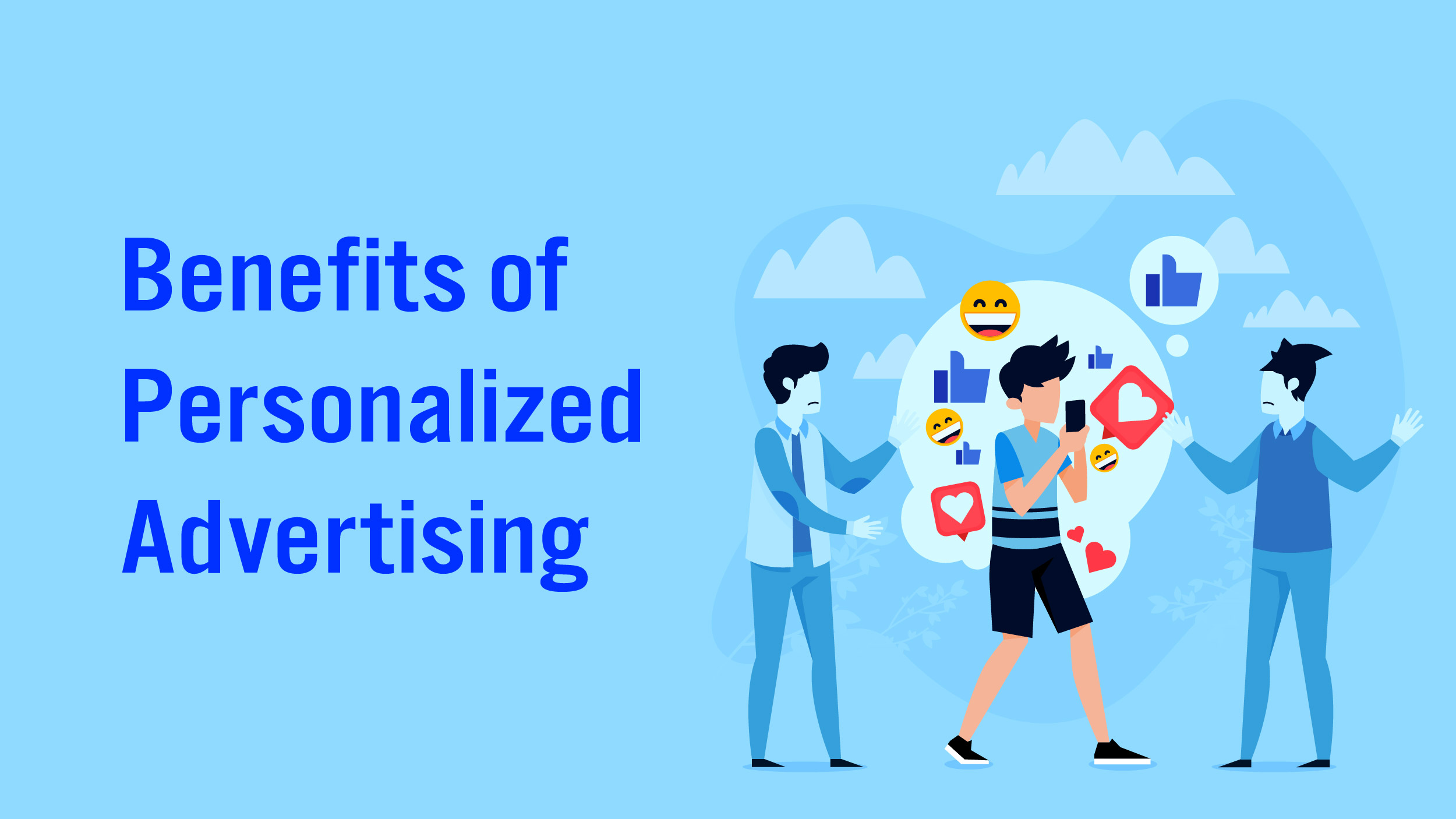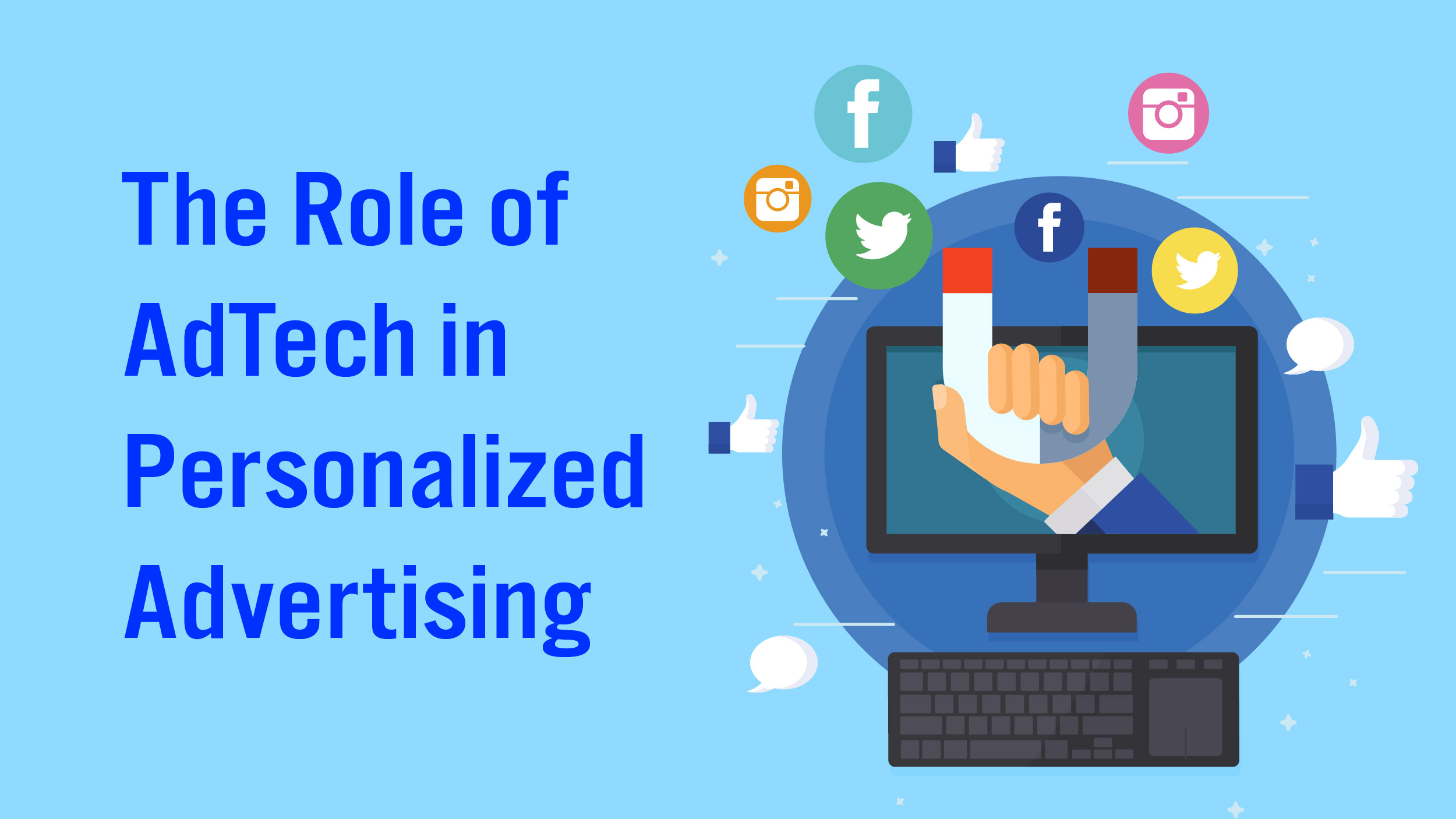Ever get that feeling like the internet’s tailing you? You click on something, and suddenly, ads for it start showing up everywhere you look. Don’t worry, you’re not alone. Just because a TV or magazine ad flashes by, doesn’t mean it’s meant for you.
That’s where personalized advertising steps in. It zooms in on each person, making sure the right message hits the right target.
And the coolest thing? The strategy is becoming the norm among advertisers and marketers, so why not make the most of it?
What is Personalized Advertising?
According to Google, personalized advertising targets users based on their browsing history, interests, and demographics. This is different from placement targeting, which shows ads regardless of a user’s interests or demographics.
For instance, if an advertiser is selling jewelry, they could use this practice to show ads to users keen on jewelry, even if the websites they visit don’t necessarily focus on jewelry. On the other hand, they could use placement targeting to display their ads on jewelry-related sites.
Benefits of Personalized Advertising
 When crafting your marketing strategy, it’s imperative to take into account the numerous advantages that it can offer. Here are some of the key benefits it offers:
When crafting your marketing strategy, it’s imperative to take into account the numerous advantages that it can offer. Here are some of the key benefits it offers:
- Enhanced engagement and conversion rates: By tailoring ads to specific demographics, interests, and behaviors, businesses can effectively reach their target audience, increasing the chances of their ads being noticed and acted upon.
- Improved return on investment (ROI): Personalized advertising leads to a higher ROI for businesses as it enables them to deliver the right message to the right audience.
- Strengthened customer relationships: By demonstrating attentiveness to individual needs and preferences, businesses can forge stronger connections with their customers.
- Augmented customer loyalty: Providing personalized experiences helps solidify customer loyalty and encourages repeat business.
- Enhanced efficiency: Utilizing AI, businesses can analyze extensive data on consumer behavior and preferences to craft customized ads that are more likely to resonate with their target audience.
- Real-time optimization: AI can dynamically optimize ad delivery, ensuring that ads are presented to the most relevant audiences at the most opportune times.
- Predictive analytics: AI can evaluate ad performance and make projections about which ads are likely to be most successful in the future, aiding businesses in making informed decisions about their ad budgets and strategies.
- More precise targeting: Personalized advertising enables businesses to reach their target audience more effectively than traditional advertising methods.
- Elevated user experience: Personalizing the user experience on websites and mobile applications reinforces a brand’s dedication to its customers, ultimately fostering trust and loyalty. Happy customers are crucial, accounting for 65% of a company’s business. Personalization boosts loyalty, with over 40% of consumers likely to return for a tailored shopping experience, and 80% of dedicated shoppers exclusively buying from personalized brands.
The Role of AdTech in Personalized Advertising
 The term “advertising technology,” or “AdTech,” refers to the software utilized in programmatic advertising campaigns. AdTech is flourishing, thanks to disruptive technologies such as artificial intelligence (AI), machine learning (ML), and the Internet of Things (IoT).
The term “advertising technology,” or “AdTech,” refers to the software utilized in programmatic advertising campaigns. AdTech is flourishing, thanks to disruptive technologies such as artificial intelligence (AI), machine learning (ML), and the Internet of Things (IoT).
- Marketers will spend an average of 87 percent of their marketing expenditures on digital marketing by 2022, according to CMO.com.
Due to their proximity to customers, video games and IoT devices are being considered as possible ad locations as a result of gaming industry innovations and the emergence of IoT. AdTech can do wonders for traditional television advertising, as evidenced by the recent success of over-the-top (OTT) and connected TV (CTV) advertising.
Programmatic ads are becoming more popular as more alternatives for reaching targeted consumers become accessible. Sales players can leverage programmatic advertising to match defined ad requirements in real-time with available ad space, allowing them to reach the target audience at the right moment.
Before you offer your customers the tailored content meal, you must first decide on the type of dishware you will use. To put it another way, deciding on a platform for your brand’s personalized content strategy is a must-do initial step.
Also Read: Data Governance in CDP: 5 Best Practices for Seamless Customer Data Management
Demand side platforms (DSPs), supply side platforms (SSPs), data management platforms (DMPs), and ad exchanges are all used in programmatic advertising. Together, these technologies make up the AdTech ecosystem’s main components. Real-time selling and buying of ad spaces is highly cost-effective and largely transparent thanks to programmatic advertising strategies like header bidding.
Marketers must carefully examine potential challenges and impediments as the AdTech field evolves.
- Cookie removal, for example, is a hot topic, with Google revealing intentions to phase out third-party cookies by 2022.
As a result of the removal of the third-party cookie, the ad tech industry is undergoing an identity crisis. Universal identifiers are one of the emerging post-cookie solutions, but their effectiveness still has to be demonstrated. The IAB Tech Lab’s Seller-Defined Audience is another way to bring addressability to a world without cookies. It might very well use the open web to scale the monetization of first-party data in a secure manner.
AI has the potential to add significant value by creating interconnected insights in real-time, with the goal of eventually growing to deliver rich insights that will enhance the creative parts of advertising with highly tailored touchpoints.
Personalized advertising content must be available across a growing number of mobile devices and internet distribution channels. Going cross-channel with your personalized content strategy means you’ll be able to engage and entertain customers with content that precisely matches their digital habits and preferences, despite the fact that it will necessitate technical and formatting changes.
Personalized Advertising Examples
Back in 2018, Harvard Business Review found that people desire online privacy but still appreciate personalized marketing. Wondering how some brands do it right without being creepy? Mentioned below are 3 cool personalized marketing examples that make it fun, not intrusive.
1. Snapchat’s Bitmoji
In 2016, Snapchat introduced Bitmoji, an app for creating cartoon avatars. Users can feature these avatars as their Snapchat profile picture and on the Snap Map if allowed.
Snapchat later rolled out “Bitmoji Stories,” an automatically generated daily Story in the Discover feed. These are comic-like images narrating a story about your own Bitmoji. If you’ve recently chatted with a friend using Bitmoji, you might spot them in your daily Story too.
2. Coca Cola
In 2011, Coca-Cola introduced “Share a Coke” in Australia, extending it to the U.S. in 2014. Aimed at millennials, each bottle featured a common first name. Over time, labels expanded to include terms like “better half.” Ad Age reports that now, there are over 800 first names used.
3. Spotify
In 2015, Adam Pasick explained the “magic” of Spotify’s “Discover Weekly” on Quartz. It uses an algorithm to create a personalized playlist based on a user’s listening habits and popular playlists across Spotify.
Final Thoughts
Personalized advertising stands as a powerful tool in the marketing landscape, offering businesses the ability to connect with their audiences on a deeper, more meaningful level. Through data-driven strategies and advancements in technology like AI and machine learning, the future of personalized advertising looks promising, with the potential to revolutionize how brands engage with consumers. By embracing this evolution and staying attuned to emerging trends, businesses can unlock new opportunities for growth, build stronger connections, and drive higher ROI


Comments are closed.